Industry information
Company News
- Aluminum alloy air conditioning cover: cool in summer, one cover to protect!
- Fluorocarbon aluminum veneer: the new darling of modern architecture, revealing its unique charm
- Fluorocarbon aluminum veneer: the fashionable new darling of the construction industry
- Aluminum veneer: the fashionable outerwear of modern architecture
- Aluminum veneer customization: an artistic journey to create personalized spaces
Industry dynamics
- Impact resistance test of 1.5mm aluminum veneer
- Aluminum alloy air conditioning cover: Guardian of summer coolness, how much do you know?
- Quality control system of aluminum veneer manufacturers
- Aluminum veneer customization, creating a new trend of personalized space
- Fluorocarbon aluminum veneer: a fashionable choice for modern architecture
Frequently asked questions
- What are the manufacturers of aluminum veneer?
- What is the wind pressure resistance performance of aluminum veneer?
- What is the value of recycling and reusing aluminum veneer?
- What are the manufacturers of aluminum veneer and how to choose?
- What is the production process of aluminum veneer?
contact us
Mobile:+86 15627778610
Email: 2201229786
Address: No. 5 Binjiang Road, High tech Zone, Zhaoqing City, Guangdong Province
Anodizing process of 2.5mm aluminum veneer
- Author: Xinlongtai Aluminum Industry (Guangdong) Co., Ltd
- Release time: 2022-03-08 17:28:03
- Click:0
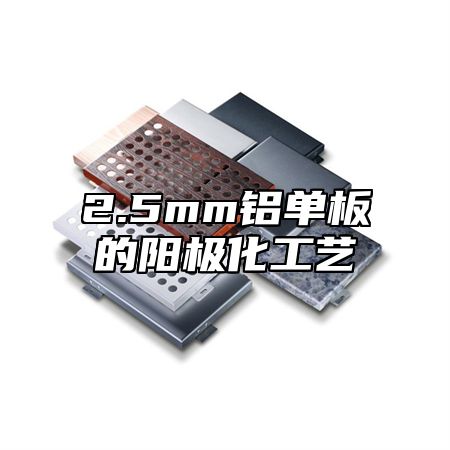
With the development of the architectural decoration industry, the application of 2.5mm thick aluminum veneer is becoming increasingly widespread. In addition to conventional surface treatment methods, anodizing has also become one of the commonly used surface treatment methods. The anodizing process of 2.5mm thick aluminum veneer will be detailed below.
1、 Principle of anodizing process
Anodizing process is an electrochemical surface treatment technique that enhances the corrosion resistance and decorative properties of aluminum veneer by forming a dense oxide film on its surface. In the anodizing process of 2.5mm thick aluminum veneer, the first step is to prepare an electrolysis device with an electrolytic cell, and then install the device on the surface of the substrate to form an oxide film on the surface of the aluminum veneer through electrolysis, ultimately achieving the desired decorative effect.
2、 Anodizing process flow
1. Prepare the electrolytic cell: Design and manufacture as needed to ensure the quality and compatibility of specifications of the electrolytic cell.
2. Cleaning the substrate: Use appropriate cleaning agents to clean the substrate to remove surface dirt and grease.
3. Install the electrolytic cell: Install the prepared electrolytic cell on the surface of the substrate, ensuring that the position and direction are correct.
4. Electrolysis: After being powered on, the aluminum veneer is placed in an electrolytic cell for electrolysis treatment, forming a layer of oxide film on its surface.
5. Follow up processing: Perform subsequent processing as needed, such as drying, to enhance the decorative effect.
3、 Precautions
When performing anodizing process on 2.5mm thick aluminum veneer, the following points should be noted:
1. It is necessary to choose and match according to actual needs and usage environment to ensure that the decorative effect meets the expected requirements.
2. When selecting materials and processing, attention should be paid to the matching of quality and specifications to avoid situations where problems cannot be solved.
3. During the construction process, it is necessary to pay attention to the implementation of safety protection measures to prevent accidental injury accidents.
4、 Summary
The anodizing process of 2.5mm thick aluminum veneer is one of the important factors affecting its application effect. When carrying out anodizing process, it is necessary to pay attention to pre preparation work, correct selection and matching of materials, and strict quality inspection to ensure that the product meets the expected requirements. At the same time, it can also be reasonably matched and used according to market demand and aesthetic standards to enhance the beauty and added value of the product.

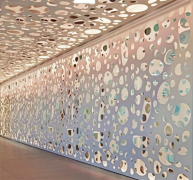
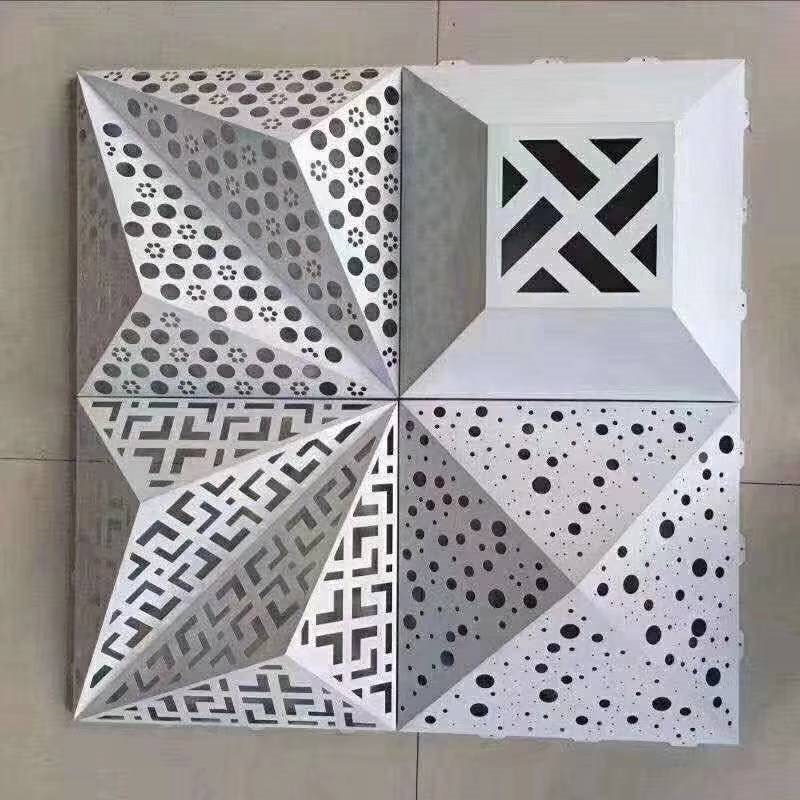
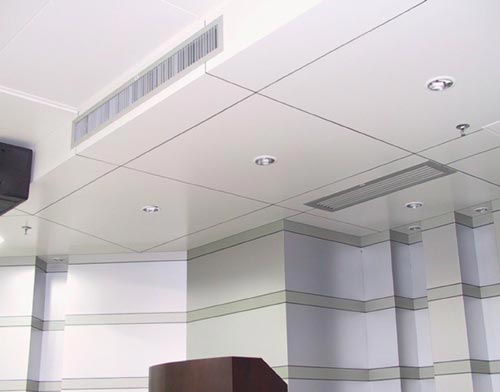
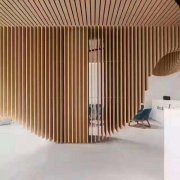
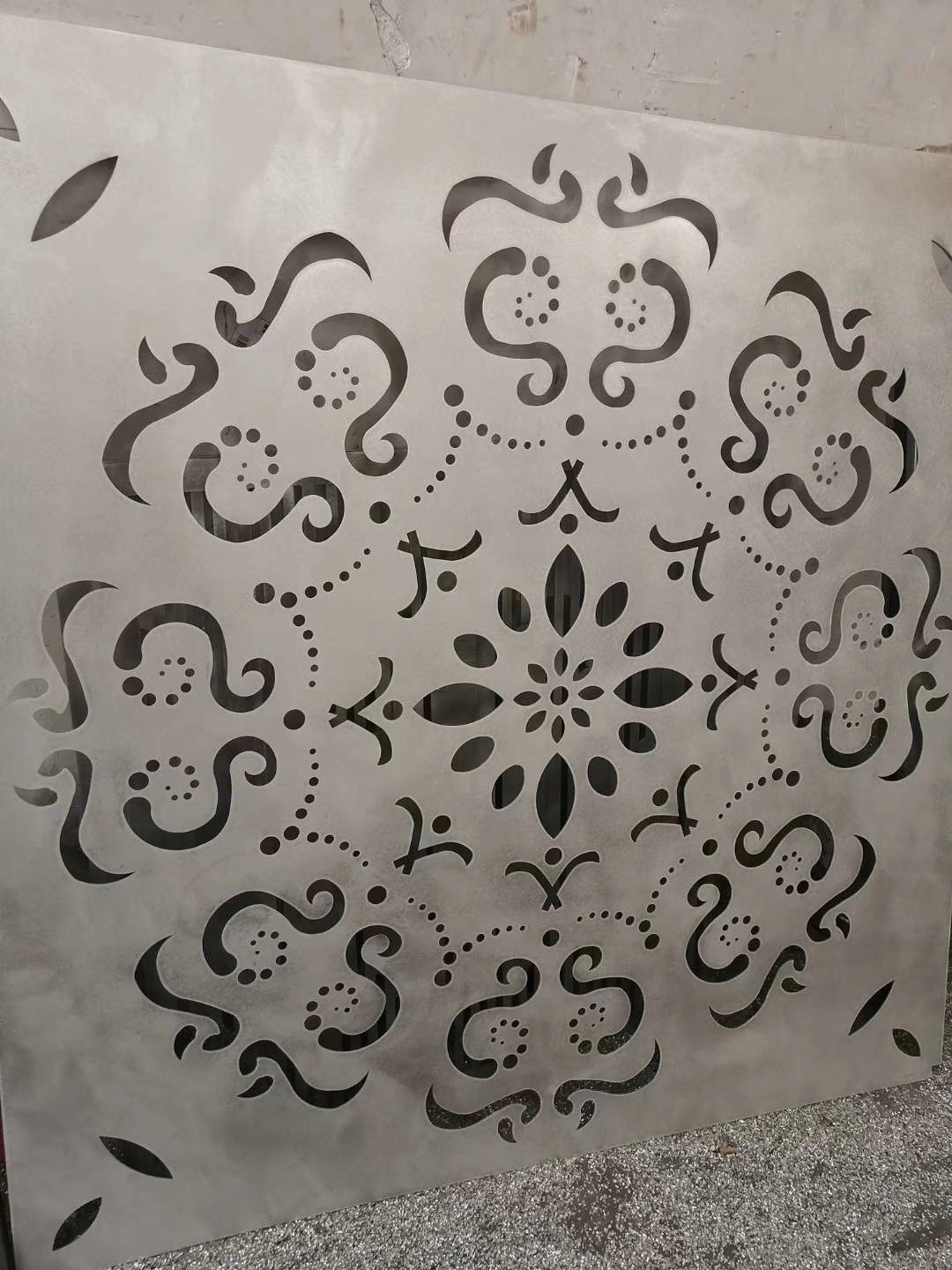
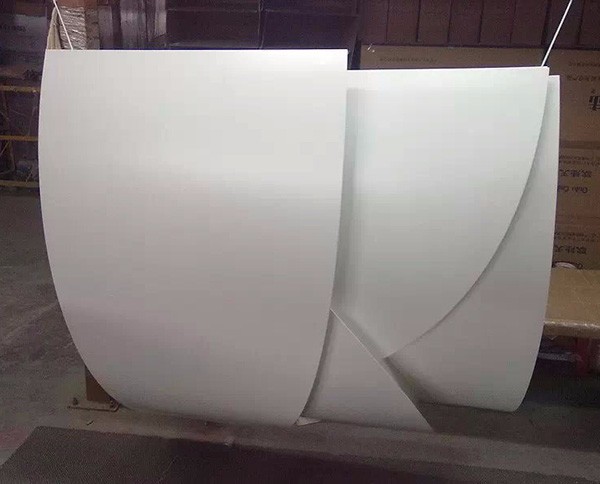
 Customer service QQ
Customer service QQ